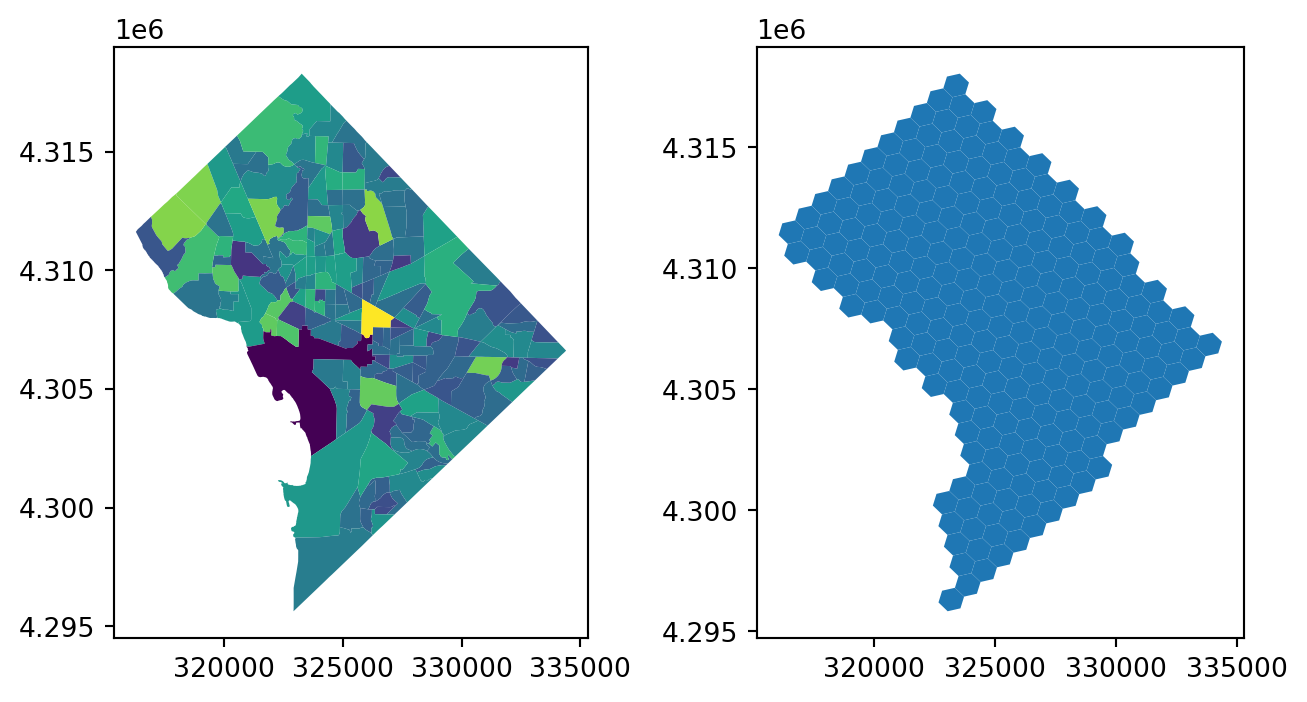Code
import contextily as ctx
import geopandas as gpd
import matplotlib.pyplot as plt
import numpy as np
import osmnx as ox
import pandas as pd
from folium import LayerControl
from geosnap import DataStore
from geosnap import io as gio
from tobler.area_weighted import area_interpolate
from tobler.dasymetric import extract_raster_features, masked_area_interpolate
from tobler.util import h3fy
%load_ext jupyter_black
%load_ext watermark
%watermark -a 'eli knaap' -d -u -ivOMP: Info #276: omp_set_nested routine deprecated, please use omp_set_max_active_levels instead.Author: eli knaap
Last updated: 2025-11-23
osmnx : 2.0.6
tobler : 0.12.1
pandas : 2.3.3
numpy : 2.3.5
folium : 0.20.0
contextily: 1.6.2
geosnap : 0.15.3
matplotlib: 3.10.8
geopandas : 1.1.1







